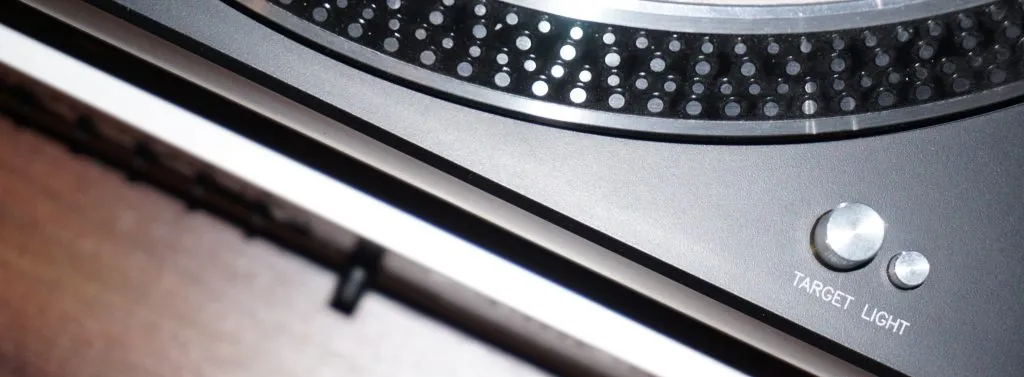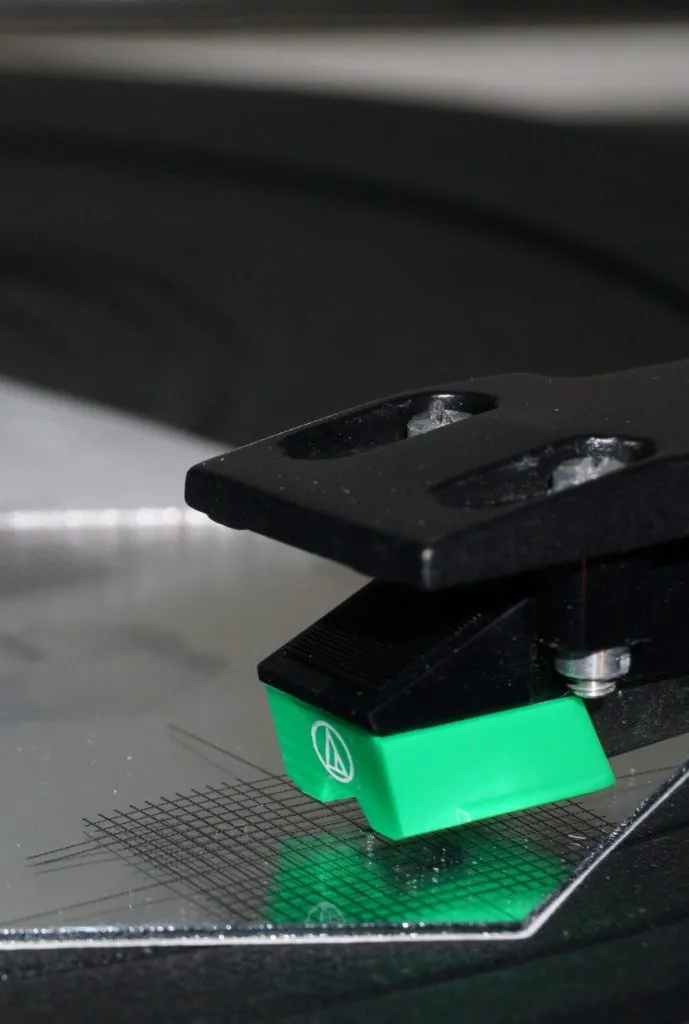Poor Man's Mirror Protractor

I am collecting vinyl for the last 10 years although I have a rather limited collection of about a 100. I really enjoy listening music on vinyl when I have the time. Large cover art, handling the physical medium, clarity and separation of different instruments and vocals, occasional posters and stickers have always been attractive to me. On the other hand, it is a demanding and expensive hobby even though the recent comeback brought the prices down a little. It is never as simple as clicking “next” on your Spotify or Apple Music playlist in the middle of a song. Every time you bring out a record from its sleeve, you need to carefully remove it and place on the platter and clean it with an anti-static brush to minimize surface noise and prevent damage to the grooves. The stylus is literally running on these grooves and vibrate to generate sound. I highly suggest you watching Applied Science’s video for a great visualization of the process BTW. Being so mechanical and real, the turntable needs to be adjusted properly. One of the key adjustments is the overhang. Because the tonearm is rotating on an axis and the stylus have a determined angle with it, it is not possible for the stylus’ axis to remain parallel to the grove cutting axis throughout its motion from the beginning of the record till the end. To minimize this tracking error, the position of the cartridge is adjusted with respect to the arm to make two “null points”. There are multiple methods of adjustment to optimize with different constraints such as minimizing overall distortion or the distortion at a specific point on the record. There are protractors to make this adjustment that you change the cartridge position until you make it parallel to the guide lines at these two null points. There are freely available vinyl engine protractor templates that you can print. When doing the adjustment, it is not easy to eyeball the cartridge angle on the paper template. There are mirror protractors produced to resolve this issue. They provide a reflection and ease the process by providing a better view angle. So I have built one using a cheap wall decoration mirror from China. Print the protractor template on a transparency sheet and glue on the mirror with CA glue and we are done! Not perfect but much better than the paper protractor until I buy myself an actual one.

